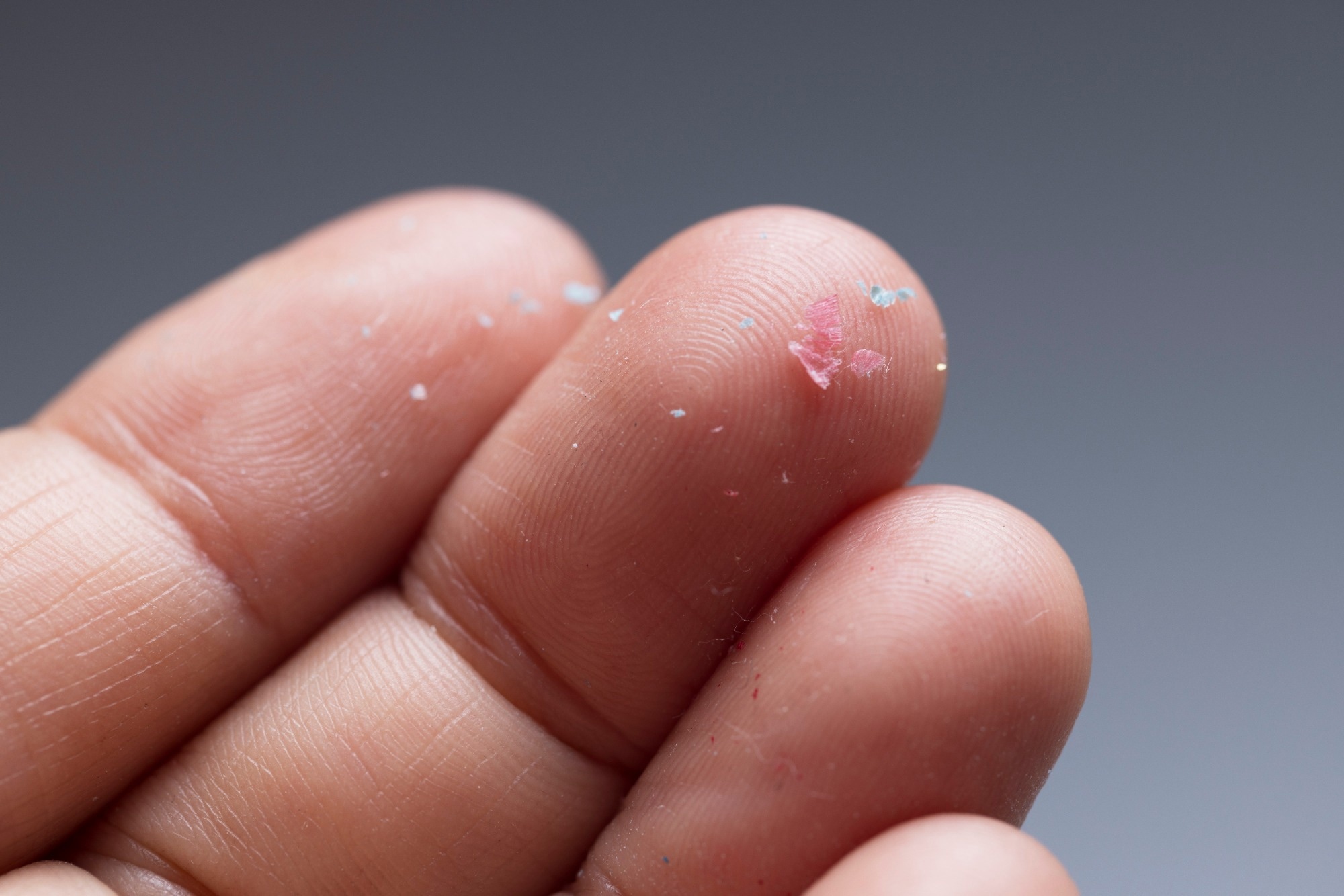A groundbreaking study reveals that invisible microplastics in homes and cars may be entering our lungs by the tens of thousands each day, underscoring a hidden risk of modern indoor life.
 Study: Human exposure to PM10 microplastics in indoor air. Image Credit: b.asia / Shutterstock
Study: Human exposure to PM10 microplastics in indoor air. Image Credit: b.asia / Shutterstock
In a recent article published in the journal PLOS One, researchers quantified airborne microplastics in indoor environments (car cabins and homes) to assess inhalation exposure.
The researchers found that indoor air contains significant concentrations of small microplastics, with car cabins showing median concentrations 2,238 MPs/m³, four times higher than homes (median 528 MPs/m³). However, this difference was not statistically significant…
Disclaimer
We strive to uphold the highest ethical standards in all of our reporting and coverage. We 5guruayurveda.com want to be transparent with our readers about any potential conflicts of interest that may arise in our work. It’s possible that some of the investors we feature may have connections to other businesses, including competitors or companies we write about. However, we want to assure our readers that this will not have any impact on the integrity or impartiality of our reporting. We are committed to delivering accurate, unbiased news and information to our audience, and we will continue to uphold our ethics and principles in all of our work. Thank you for your trust and support.
Website Upgradation is going on. For any glitch kindly connect at 5guruayurveda.com



